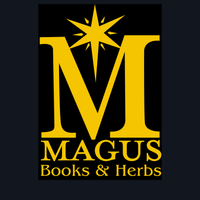Gold: Israel Regardie's Lost Book of Alchemy
Loyalty
Buy and earn $0.43 Loyalty for your next purchaseIn this newly discovered text, famed occultist Israel Regardie sheds light on the psychological and spiritual meaning behind the symbols and metaphors of alchemy. Locked away for years before it was made available, and now fully annotated by Chic and Sandra Tabatha Cicero, Gold is the first new book by Regardie published in decades.
Analyzing important seventeenth-century alchemical treatises, such as "The True Book of the Learned Synesius," Regardie uses the language of Jungian psychology, magnetism, and hypnosis while citing his own unique experiences as a therapist and healer. Learn about spiritual alchemy and the connection between ancient magic and modern-day psychology. Explore the similarities between alchemical theory, Taoist philosophy, yoga, Zen Buddhism, and experiments with the human aura. With illustrations and appendices, including Regardie's original text "The Art of True Healing," Gold is a definitive work by a true master.

